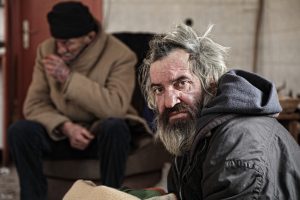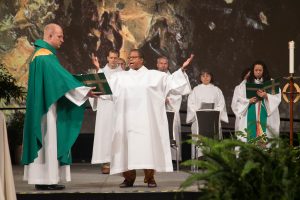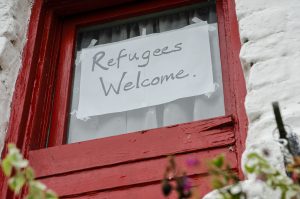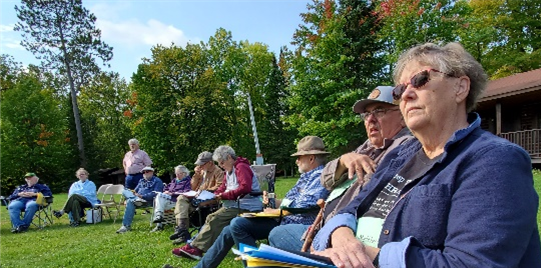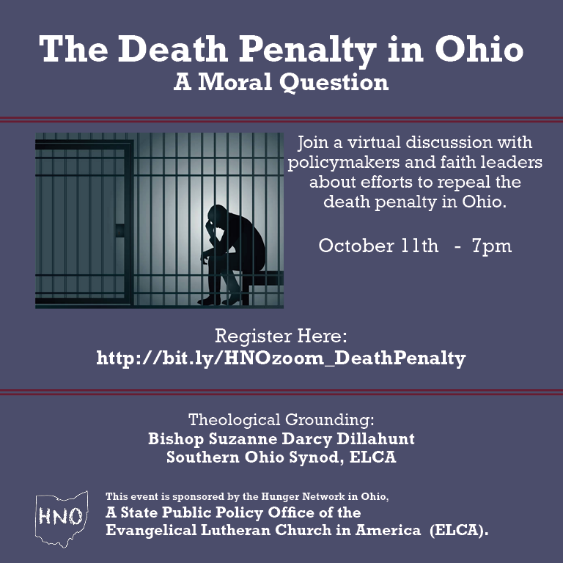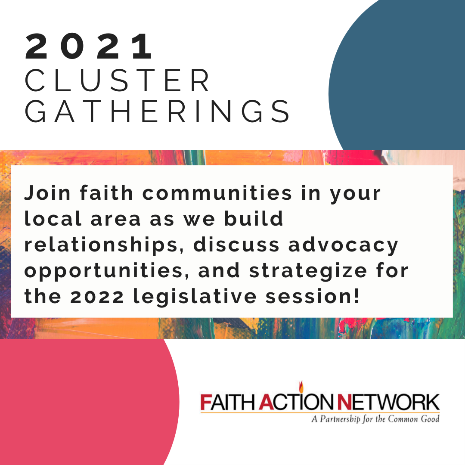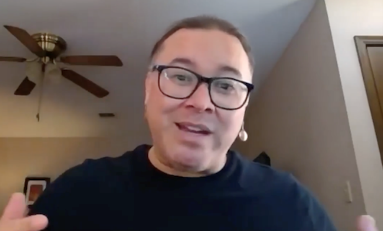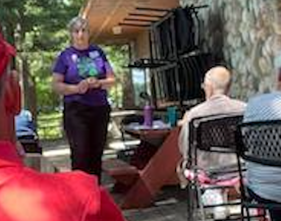Alyssa Kaplan, Baltimore, MD
Warm-up Questions
What does it mean to have power over something or someone? Who are the people who hold power in your day-to-day life? Who are the people who hold power in the world? What are they like?
Servant Power
In the past few years there has been a movement within the US American Catholic Church to recognize Dorothy Day as a saint within their tradition. While Lutherans and Catholics have different understandings of saints and sainthood, we too, can look to these people as exemplars of the faith.
Dorothy Day was an incredible leader, activist, mother, and theologian. Above all she was a fierce advocate for and faithful servant to the poor. She was deeply skeptical of hierarchies and institutional power. She operated on the fringes of her faith tradition. Throughout her life and ministry, she unequivocally made those on the margins of society the center of her work. She was an exceptional leader because she was first and foremost a servant of all.
Dorothy Day founded the Catholic Worker Movement, which largely operated out of Catholic Worker Houses. For decades these houses have provided respite and resources for the poor and served as gathering places for justice activists. At the time of her death there were 30 such houses around the United States; as of January 2020 there were over 250.
Robert Ellsberg, who worked closely with Dorothy Day in the last years of her life, stated, “When many people think of saints, they think of people who are kind of removed from the world in some sacred way. She showed there can be a holiness of action, of engagement of the challenges of our time. She’s not someone from the past — she’s someone from the future. In some ways she’s the American counterpart of the vision Pope Francis has brought to the universal church. She isn’t encapsulated in institutionalism, not mired in clericalism. She just stands there and points the way.”
For further reading: https://www.newyorker.com/magazine/2020/04/13/dorothy-days-radical-faith
Discussion Questions
- Had you heard of Dorothy Day before? Can you think of other leaders who act like her?
- Day operated on the fringes of her tradition. How do you think that informed her actions?
- Have you worked with people who are unhoused or lack other basic needs? If so, how have those experiences impacted your faith?
Twenty-first Sunday after Pentecost
(Text links are to Oremus Bible Browser. Oremus Bible Browser is not affiliated with or supported by the Evangelical Lutheran Church in America. You can find the calendar of readings for Year B at Lectionary Readings.)
For lectionary humor and insight, check the weekly comic Agnus Day.
Gospel Reflection
Throughout this section of Mark’s gospel, a pattern emerges as Jesus engages with his disciples about the hard truth of what is to come. The pattern essentially goes,
- Step 1: Jesus tells the disciples something super hard, the reality of his coming death and suffering.
- Step 2: The disciples do not understand and respond in inappropriate ways.
- Step 3: Jesus corrects the disciples’ misunderstandings and teaches about discipleship.
This text picks up at step 2. Immediately before this section we read, ” [Jesus], taking the twelve aside again, began to tell them what was to happen to him, saying, ‘See, we are going up to Jerusalem, and the Son of Man will be handed over to the chief priests and the scribes, and they will condemn him to death; then they will hand him over to the Gentiles; they will mock him, and spit upon him, and flog him, and kill him; and after three days he will rise again.’”
Oof. Heavy stuff! And yet, immediately following this discourse, John and James beg Jesus to acquiesce to their demands. What demands? Just that when Jesus enters in to “glory” they be seated at his right and left hands. Could they be further from the point? Jesus repeatedly teaches how the reign of God disrupts the status quo. Jesus clearly describes how the Messiah will come as a suffering servant of all, not as a powerful warlord to vindicate his people.
Yet, even after hearing this message over and over again, after traveling with Jesus and watching him heal the lowly and the outcasts, after listening to him preach about God’s radical justice for the poor and oppressed, James and John are still caught in their own world–a world radically different from what Jesus describes as God’s vision for God’s people. John and James are stuck in a world of power and control, where prestige and favor create hierarchies, where some are first and others are last…and they want to be first!
So, on to step #3. Jesus hears their misguided question and takes the opportunity to teach them what God is all about and what kind of leadership God values. Consistent with his preaching throughout the gospels, Jesus shows how God’s kin-dom of justice and mercy operates in a radically different way than the world in which they and we live.
Roman leaders are assessed by the kind of power they exert–the more power, the better the ruler. Jesus says that among his followers the sign of true leadership is servanthood. The sign of true strength is humility through service. Within the beloved community, loving service is the ultimate sign of true leadership and holy power.
Discussion Questions
- What does the repetition of the ‘three step’ pattern suggest about the disciples’ understanding of Jesus?
- What motivated the questions of John and James? How does Jesus’ response relate to the particular questions they were asking?
- What do you think happened next? How do you think this conversation changed how the disciples understood leadership and their political leaders?
Activity Suggestions
- Look up the nearest Catholic Worker House to your church. Read some of the information on their website. What kinds of programming do they offer? How could your church get involved? If possible, write letters to the servants at the Catholic Worker Houses nearest you to encourage them in their mission.
- Brainstorm simple acts of service you could share with your church community, school community or family. Think particularly of acts of service you could share in moments or times when you are in a leadership role or in a position of power. Once you’ve brainstormed a list, write them onto a calendar, challenging yourself to complete on such act of service a week for the rest of the year.
- Are there leadership roles you hold within your youth group or school community? If so, take a look at those roles, especially if they come with written descriptions. How do these leadership roles relate to Jesus’ vision of servant leadership?
Closing Prayer
Dear God, it is hard to live in the world as you wish us to live. The sinful forces in our world have influenced our visions of power and turned them into visions of control and domination. Help us to have the spirit of service and humility of your son Jesus. Help us to only grasp for more love and more justice, not more power or prestige. Thank you for your loving grace which compels us to live for others. Amen.

